READY TO GET STARTED?
REQUEST A FREE ESTIMATE
Fill out the form below or call (888) 466-7849 for a free, no-obligation estimate.
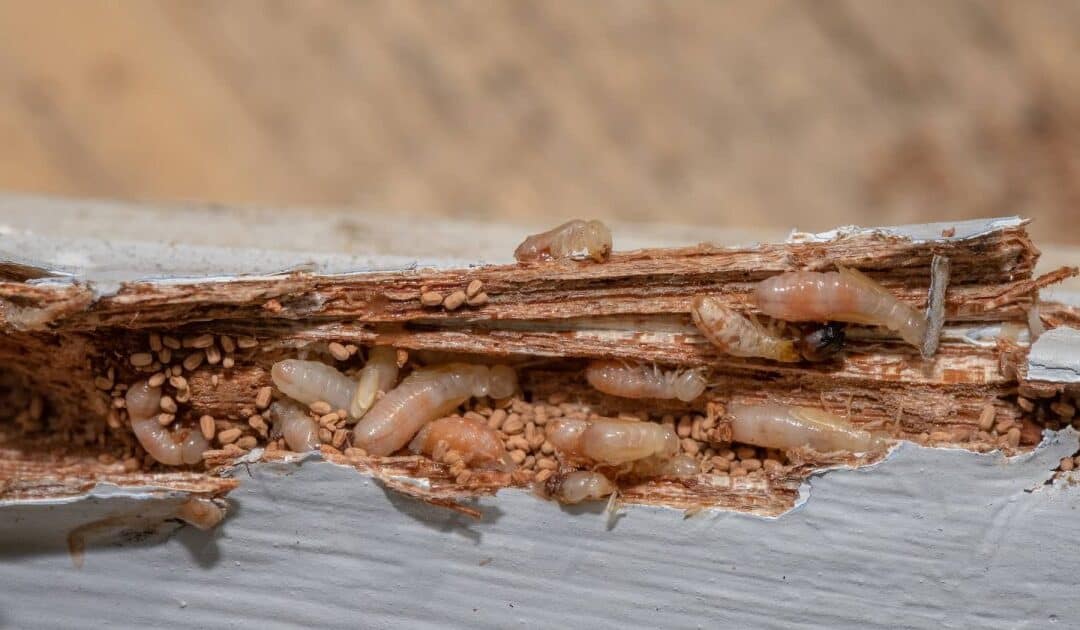
Miami’s warm, humid climate makes it a hotspot for drywood termites. These pests, living entirely within wood, can cause significant damage if left untreated. Unlike subterranean termites, they don’t need soil, making infestations harder to detect. Here’s how to protect your Miami home with effective, eco-conscious treatments and prevention tips from termite control near me.
For severe infestations, fumigation is a reliable solution. Professionals tent the home and release a gas that penetrates wood to eliminate termites. This treatment leaves no residue behind making this option much healthier for the environment.
No-tent treatment is a less invasive and eco-friendlier solution for smaller infestations. It uses non-repellent products, often derived by adhering to sustainable practices, which target termites directly without affecting other species. This precise application minimizes chemical use while effectively eliminating colonies.
Preventing termites isn’t just about keeping your home protected; it’s also an opportunity to adopt greener practices that help the environment. Here are some tips for keeping drywood termites at bay while staying eco-conscious:
Drywood termites can cause costly damage, but with quick action and the right choices, you can protect your home. Contact a Miami-based termite control expert for professional inspections and effective treatments. With proven prevention strategies and reliable solutions, you can safeguard your home and enjoy peace of mind for years to come with termite control near me.
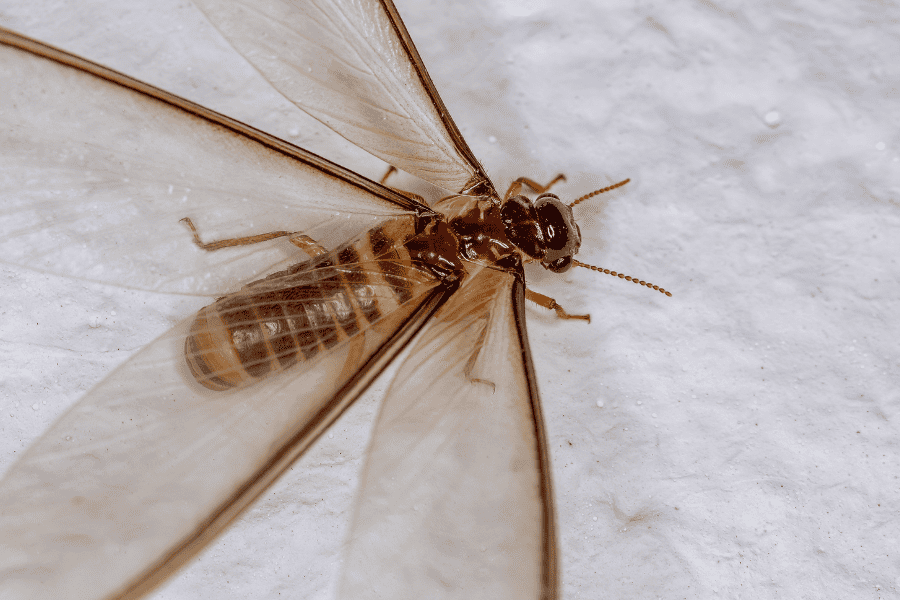
Dealing with a drywood termite infestation is less than ideal since these pests can cause significant structural damage to your Florida home. So how can you prevent termites from invading? It’s important to understand the characteristics of drywood termites, signs of their activity, and the preventative measures to place throughout your home, we break down all these below.
Drywood termites have an oval-shaped waist, short legs, and a cream-white to light brown colored body. The size of these termites depends on their age, but usually range from ¼ inch to 1 inch long. Unlike their counterpart, the subterranean termite, drywood termites do not need soil to live. Instead, they excavate wood, living and nesting within wooden structures or dry wood, such as attic framings.
Since these termites live in the excavated wood, it can be difficult to spot and identify them. However, there are still termite signs you can look out for. Swarms of termites or discarded wings near windowsills or doors is an early indication that a colony has been established at your home. Likewise, spotting their droppings, or frass, is a telltale sign of a termite infestation. These droppings look like small mounds of tiny pellets.
Consider implementing these do-it-yourself termite control measures throughout your property to avoid a termite infestation:
If you’ve noticed drywood termites on your property or would like to get ahead of your termite prevention, contact your local Florida termite control company for more information. These professionals will provide you with a free inspection, a treatment plan based on your home’s needs, and recommendations on preventing termites in the future.
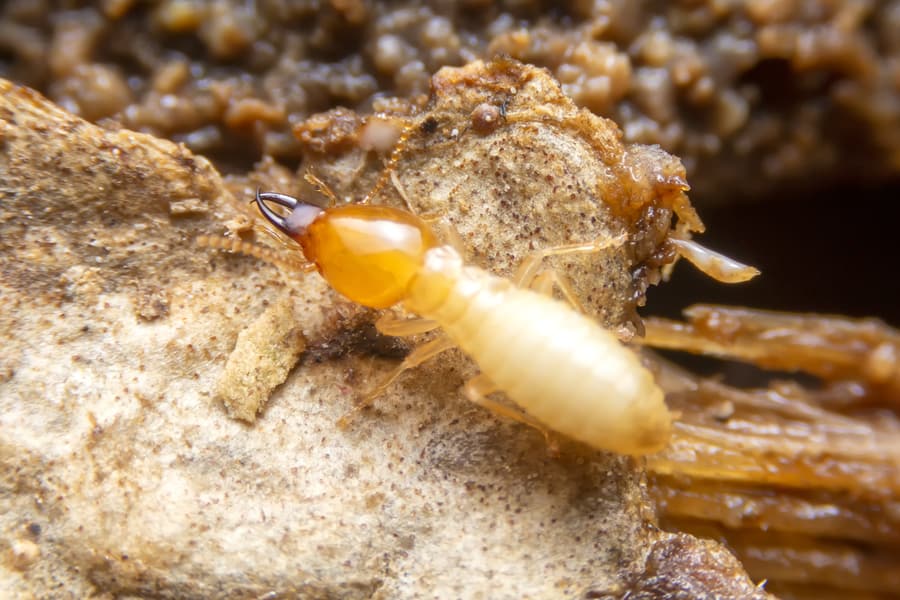
Subterranean termites eat wood from the inside out, often hiding and going undetected until severe damage is done. These termites will often infest homes by entering through stucco, slab foundation, and other hidden areas with access to the structure. The best way to prevent these termites is to understand their signs of infestation so you can begin to eliminate them early before the infestation gets out of hand.
Here are 5 signs of subterranean termites in homes:
If you notice any of the above signs in your Florida home, it’s best to contact your local termite control company as soon as possible. These professionals will thoroughly inspect your home, provide you with a termite treatment plan for the existing termite colony, and recommend the best prevention plan moving forward to avoid another infestation.
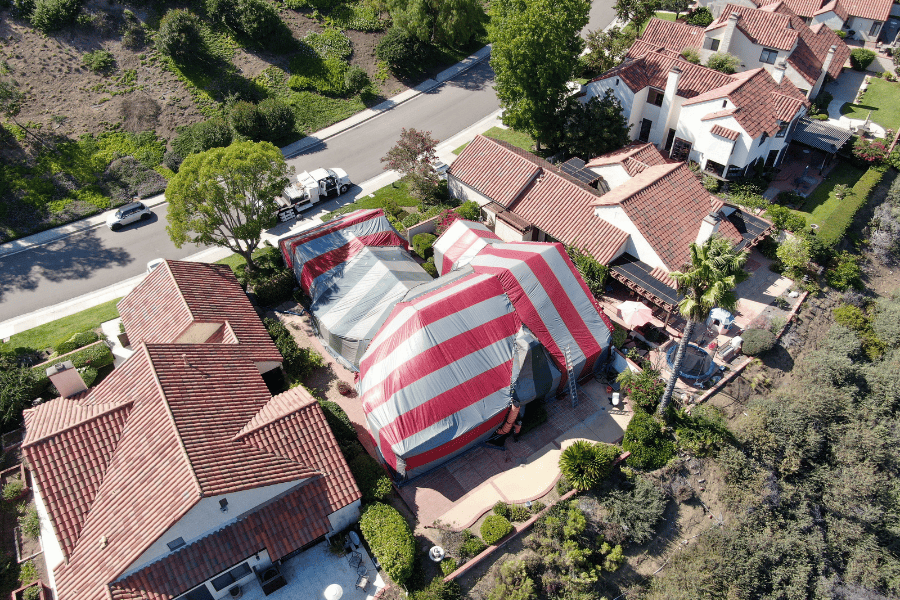
Florida is notorious for its termite problem, and drywood termites are a common termite species found in homes. These pests can cause considerable damage to our homes, leading to costly repairs. It’s important for homeowners to understand the methods of preventing termites from invading their homes. Check out common tips Florida homeowners can utilize to prevent a drywood termite infestation.
Drywood termites are extremely small, typically ranging from 3/8 in length, but termite soldiers and workers can be even smaller. These pests can easily enter your home through the tiniest crack or gap. It’s important to inspect your home for any openings, including around doors and windows, and even the areas around your utility pipes. Make sure to seal them up with caulk or another appropriate sealant as soon as possible. For areas in your home that must be left open, consider using mesh screens to cover them.
Drywood termites can easily infest lumber, firewood, and wood furniture. Before bringing any of these items inside your home, it’s essential to inspect them first. Drywood termites will also infest furniture, including old pieces of antique furniture and built-in cabinets utilizing second-hand furniture.
Swarmers, or flying termites, are attracted to light sources, making it essential to eliminate them, especially at night. Particularly, drywood termite swarms like to surround light bulbs and lamps during their flight. At night, look to minimize light sources by turning them off and keeping your windows and curtains closed to avoid attracting them. Consider replacing the porch and floor lights with insect-resistant yellow bulbs to help repel them or motion sensor lighting around your home.
Regular inspections can help you catch any signs of a drywood termite infestation early, so it’s important to recognize their signs. Inspect your home for small holes in wood, piles of droppings, or wings shed by the termites. If you notice any of these signs, it’s best to call a professional for help immediately.
Sometimes, the best way to prevent a drywood termite infestation is to consider hiring your local professional pest control company to inspect your home regularly, treat any existing infestations, and provide a prevention plan to avoid a future infestation. These professionals will have the knowledge, experience, and tools necessary to detect and eliminate these pests effectively.
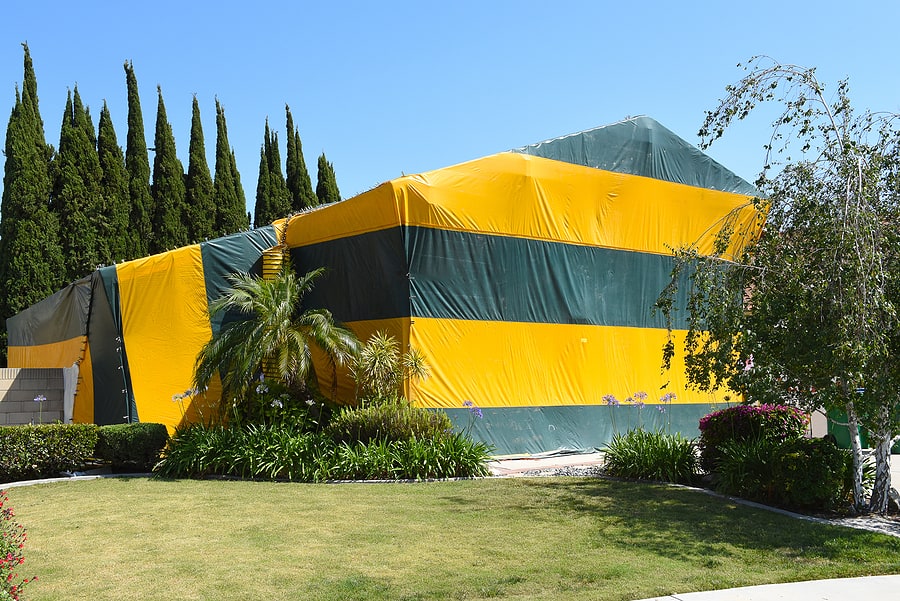
Hot and humid, South Florida is the perfect habitat for termites! These pests cause significant damage to our homes and cost us millions in repairs, making them one of the most feared insects by homeowners. Knowing how to tell if your house has termites is the first step in eliminating them or being on top of preventing them.
Since Florida hosts a variety of climates, there are many species found in our state. In South Florida, the two most common termites found are drywood and Formosan (subterranean) termites. Drywood termites are known to inhabit sound wood, often infesting wood furniture. Formosan or subterranean termites need soil to live and create mud tubes to look for a food source above the surface, invading the foundation of homes.
We know that all termites are attracted to wood, but each species has their preference. Subterranean termites aren’t as picky about the type of wood and will eat the most common types found in homes, such as pine and oak. However, drywood termites prefer to avoid soil and will eat hardwood floors or wood found in your home’s structural framing.
Firewood and mulch are two major attractants to termites and provide an entry point inside a home. When storing firewood, make sure it is at least 20 feet away from the home’s foundation. Mulch can retain moisture, making it essential to keep it at least 18 inches away from your foundation.
Having unnecessary moisture around the home can create conditions beneficial to termites. Eliminating excess moisture inside and outside is essential in preventing termites. Make sure your yard is dry by sealing any leaks, repairing AC units, and regularly cleaning gutters to divert rainwater away. Consider enclosing your crawlspace to reduce moisture, decrease humidity, and prevent mold and wood rot.
There are several signs that a homeowner can look out for when determining a termite infestation, including:
If you suspect that you have termites in your home, contact your local South Florida pest control company. These professionals will inspect your home and provide a termite treatment and prevention plan.